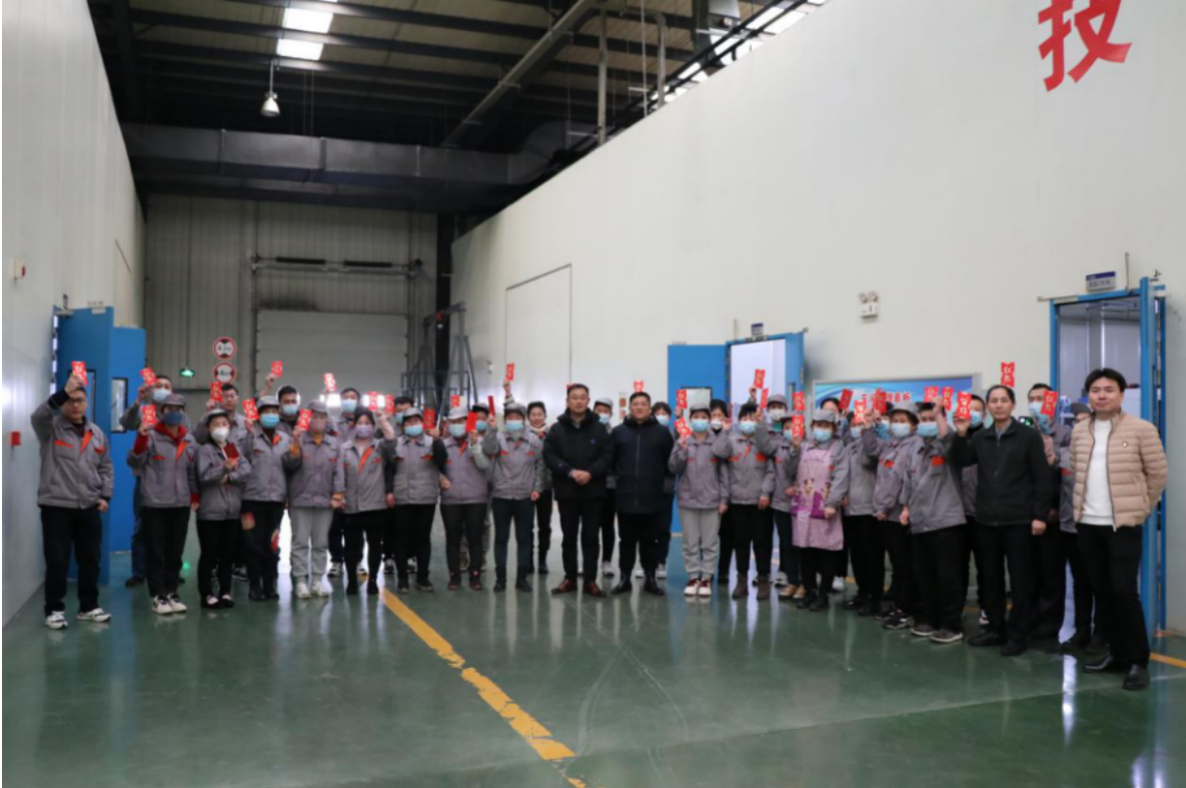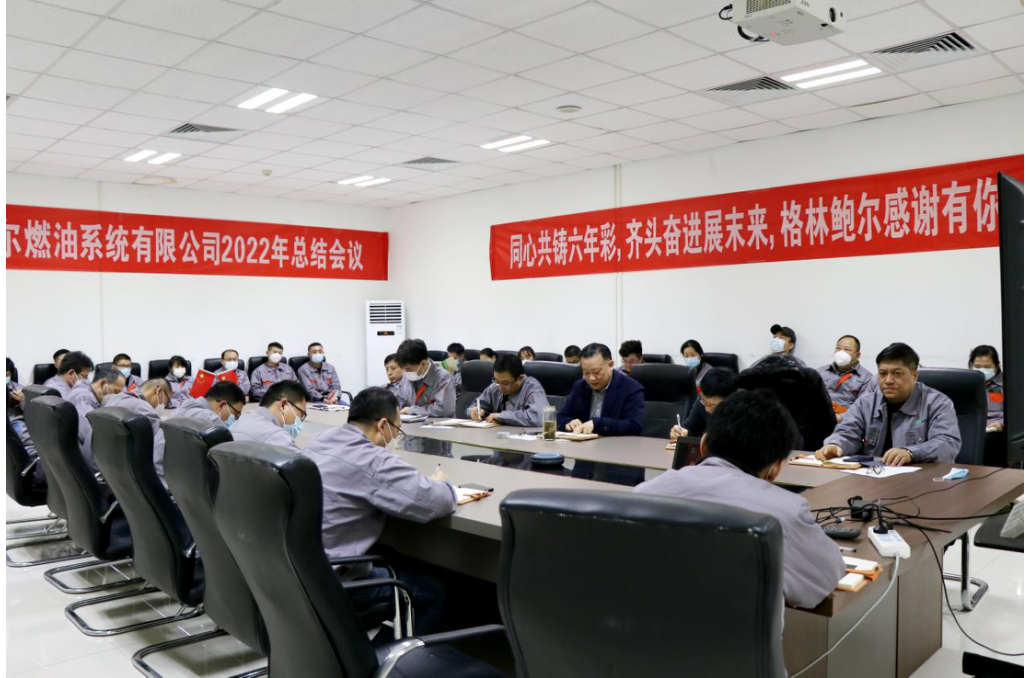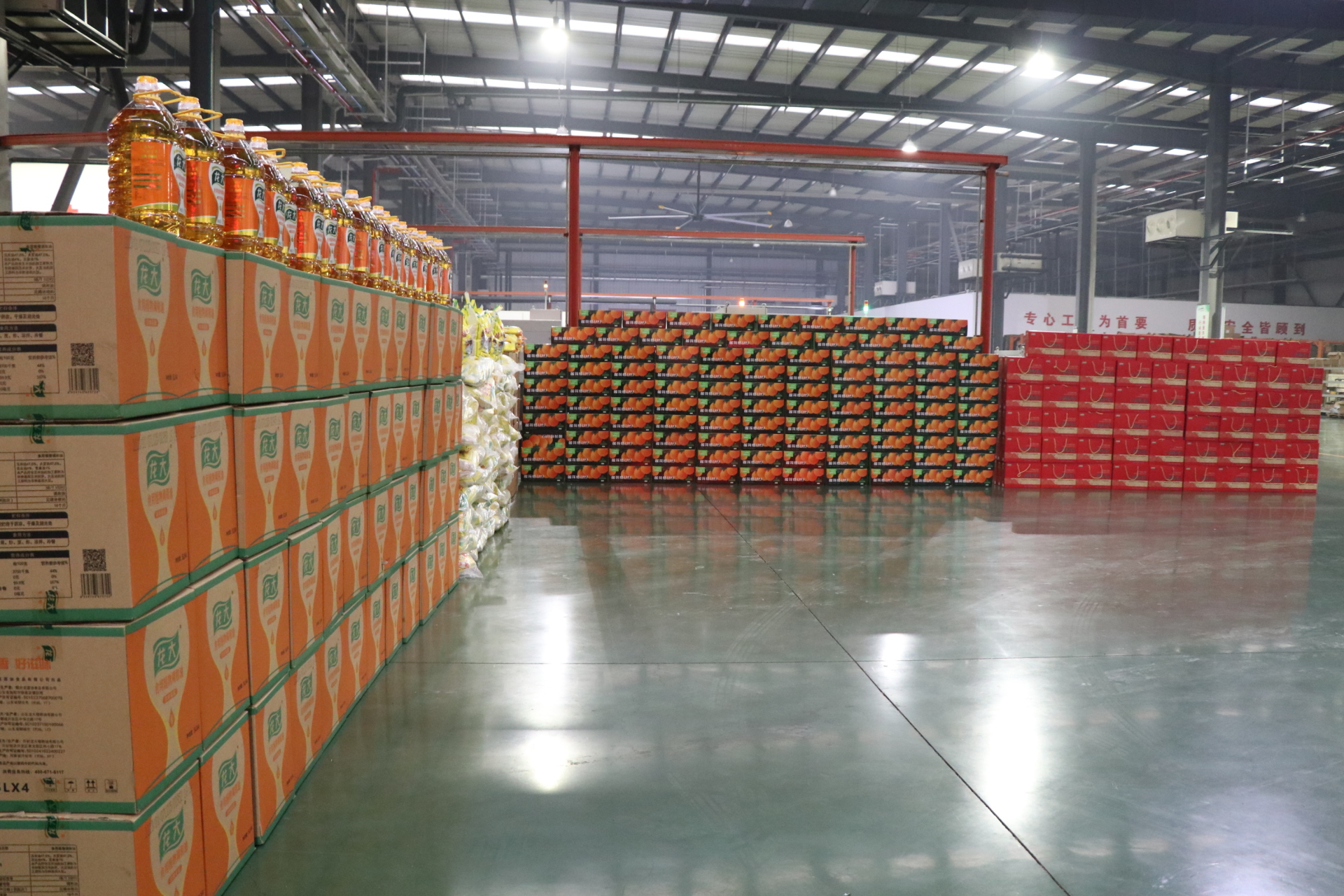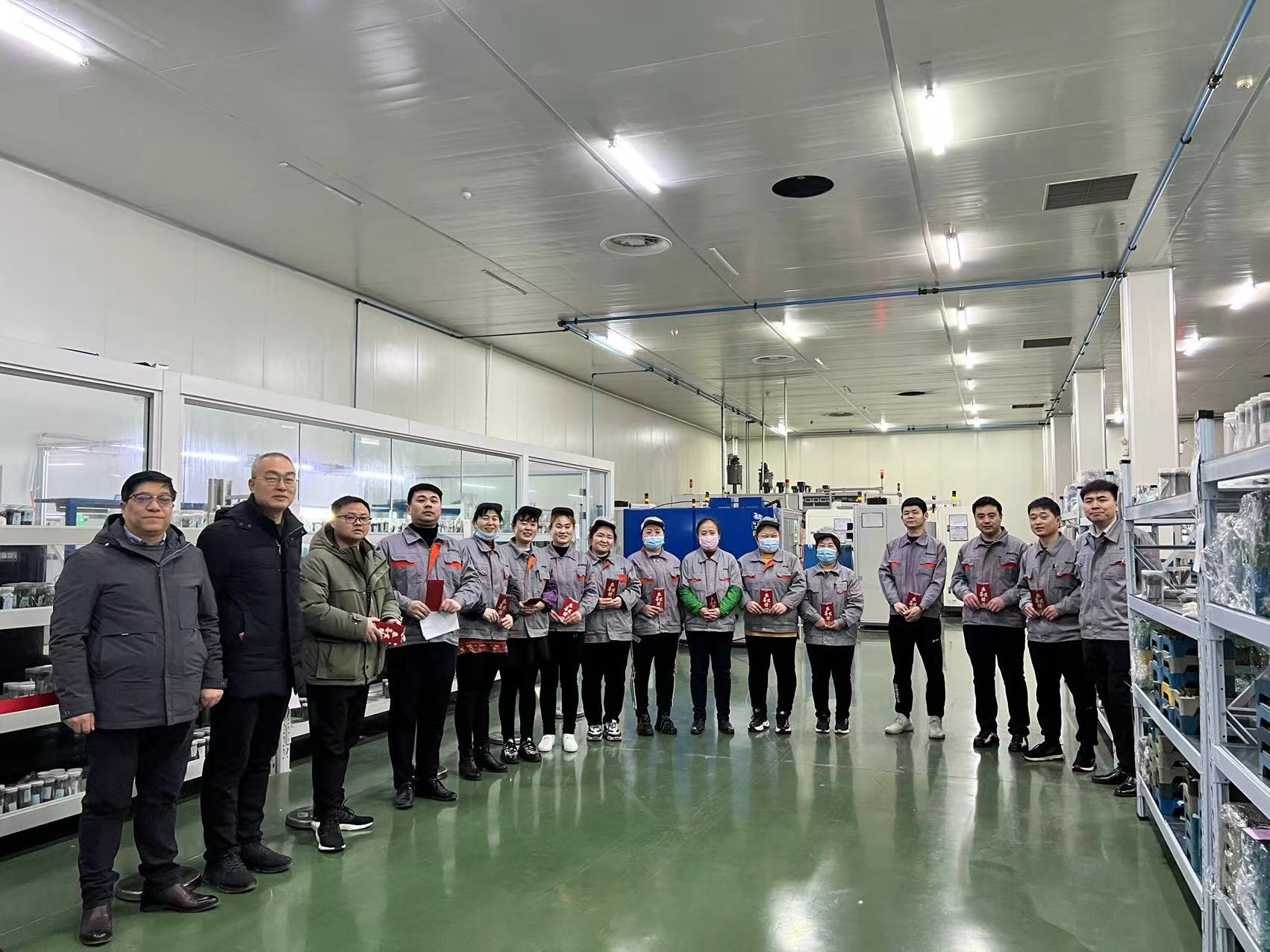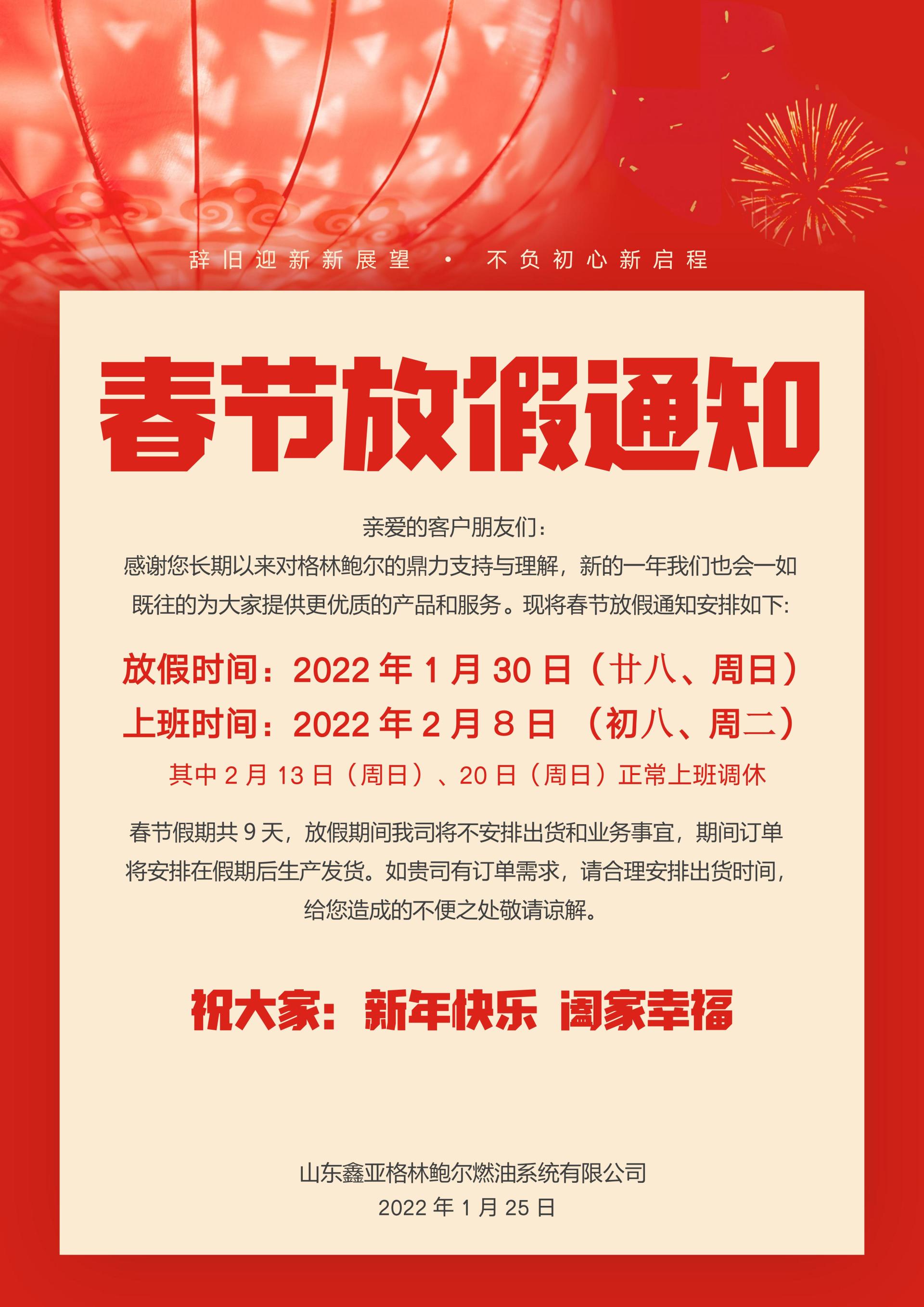Discussion on High Pressure Common Rail Technology of Diesel Engine
Release time:
2018-04-16 10:38
Brief Introduction of 1. High Pressure Common Rail Technology
Let's first understand the limitations of the traditional diesel engine fuel injection system:
The working process of the traditional diesel engine fuel injection system is: after the diesel oil is increased by the high-pressure fuel pump, it is injected into the cylinder combustion chamber through the fuel injector according to a certain fuel supply timing and fuel supply. In the fuel injection process, due to pressure fluctuations, there is a secondary injection phenomenon. Since the secondary fuel injection cannot be completely burned, the smoke and hydrocarbon emissions are increased, and fuel consumption is also increased. In addition, the residual pressure in the high-pressure oil pipe will change after each injection cycle, which will cause unstable injection, especially in the low-speed area. In severe cases, not only the fuel injection is uneven, but also intermittent non-injection will occur. phenomenon.
With the development and progress of engine automatic control technology, in order to solve the fuel injection combustion defects caused by the change of diesel fuel pressure, modern diesel engines adopt a high-pressure common rail electronically controlled fuel injection technology, so that the performance of diesel engines has been comprehensively improved.
After mechanical injection, supercharged injection and ordinary electronic injection, common rail high-pressure injection has appeared in diesel engines in recent years. High-pressure common rail (Common Rail) electronic injection technology refers to the closed-loop system composed of high-pressure fuel pump, pressure sensor and electronic control unit (ECU). Compared with the general fuel injection system, its pressure establishment, injection pressure control and injection The fuel injection process is independent of each other and can be flexibly controlled. It uses a high-pressure fuel pump to deliver high-pressure fuel to the public fuel supply pipe (Rail), and realizes precise control through the oil pressure in the public fuel supply pipe, so that the pressure of the high-pressure fuel pipe (Pressure) has nothing to do with the engine speed, which can greatly reduce the diesel engine The degree to which the fuel supply pressure changes with the engine speed.
In addition, the high-precision parts of the common rail fuel injection system have high surface processing quality requirements, high geometric accuracy, and many special requirements. The processing is micron and sub-nanometer precision, which represents the highest processing level in the current machinery manufacturing industry.
Composition and working principle of 2. high pressure common rail system
2.1. Composition of high pressure common rail injection system
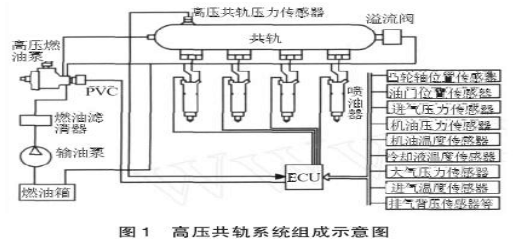
The high-pressure common rail injection system is mainly composed of high-pressure fuel pump, common rail pipe, electronic control injector, various sensors and electronic control unit ECU, as shown in Figure 1. When the engine is working, the gear pump on the high-pressure oil pump sucks oil from the fuel tank through negative pressure, and sends the filtered fuel to the high-pressure oil pump at a certain pressure (about 5 ~ 7bar). The fuel enters the high-pressure plunger cavity and is compressed, and enters the common rail pipe through the high-pressure fuel pipe to form high pressure. Each cylinder injector is connected to the common rail pipe through the high-pressure fuel pipe to achieve high-pressure injection.
2.1.1 High pressure pump
The high-pressure fuel pump is one of the key components in the high-pressure common rail system. Its main function is to pressurize low-pressure fuel into high-pressure fuel, which is stored in the fuel rail and waits for the injection command of the ECU. The high-pressure oil pump is composed of a gear pump, a fuel metering unit, an overflow valve, an inlet and outlet valve, and a high-pressure plunger. Take CPN2.2BL, which Bosch is currently widely used in the Chinese commercial vehicle market and has begun localized production, as an example. Its structure is shown in Figure 2 [12].
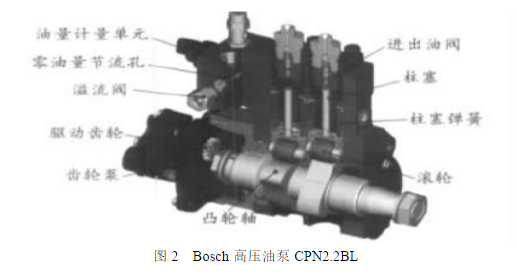
The design criteria for the fuel supply of high-pressure oil pumps are:
The high-pressure oil pump must be guaranteed throughout its life and under any operating conditions.
The fuel supply can meet the fuel injection requirements of the engine under a certain rail pressure, that is, the fuel balance.
CPN2.2BL uses 2 in-line plunger design, driven by the engine camshaft, the transmission ratio is 1:2, similar to the traditional mechanical pump, in order to facilitate the Euro II engine upgrade. The lubrication method is oil lubrication, and the lubricating oil circuit is directly connected with the engine lubricating oil circuit. The task of the gear pump is to supply enough low-pressure fuel to the high-pressure fuel pump. It is installed at the rear end of the high-pressure fuel pump body and driven by a gear located at the end of the high-pressure fuel pump camshaft. Its speed is 2.85 times that of the high-pressure fuel pump. When the fuel enters the high-pressure part, it enters the high-pressure plunger cavity through the fuel metering unit, and enters the fuel rail after being compressed. At the same time, the excess fuel returns to the fuel tank through the overflow valve. The main function of the fuel metering unit is to adjust the amount of fuel entering the high-pressure plunger cavity to control the fuel pressure in the common rail pipe.
2.1.2 High Pressure Common Rail
The common rail pipe is a unique component in the electronically controlled high-pressure common rail system, which mainly includes high-pressure joints, orifices, rail pressure sensors and pressure limiting valves, as shown in Figure 3. The main function of the common rail pipe is to accumulate pressure and distribute fuel, dampen fuel pressure fluctuations, and limit the maximum fuel pressure so that it does not exceed the safety limit. The rail pressure sensor provides the real-time pressure signal in the common rail pipe to the ECU as an input for the closed-loop control of the rail pressure. The orifice design at the inlet and outlet of the fuel rail can reduce the pressure fluctuation in the common rail pipe and the high pressure oil pipe.
The pressure limiting valve is a mechanical valve that opens when the pressure exceeds a certain limit to ensure that the common rail pipe releases the pressure quickly when the pressure is abnormal to ensure system safety. When the pressure limit valve is opened, it can still maintain the rail pressure in a normal range (such as 700 ~ 800Bar), so that the vehicle can continue to run to the maintenance station in case of failure, that is, limp home.

2.1.3 Injector (Injector)
The fuel injector is the most critical and complex component in the electronically controlled high-pressure common rail system. Its function is to control the opening and closing of the solenoid valve according to the electrical signal sent by the ECU, and to inject the fuel in the high-pressure fuel rail with the best injection Time, fuel injection volume and fuel injection rate are injected into the combustion chamber of the diesel engine. The fuel injector is mainly composed of fuel injector body, solenoid valve, fuel nozzle, needle valve assembly and spring. Figure 4 shows Bosch's second-generation commercial vehicle fuel injector CRIN2. When the solenoid valve is not energized, the armature presses the ball valve tightly on the valve seat. At this time, the pressure in the control chamber and the pressure chamber are balanced. The nozzle needle valve is tightly pressed on the nozzle seat surface by the spring preload force and does not lift up, That is, the fuel injector does not inject fuel; when the solenoid valve is energized, the solenoid valve lifts the armature by suction. At this time, the fuel in the control chamber leaks through the ball valve measuring hole, the pressure drops rapidly, and the pressure in the pressure chamber, as a result, the nozzle needle valve is lifted, that is, the injector starts to inject fuel; when the solenoid valve is closed, the pressure in the control room rises, and the pressure at both ends of the nozzle needle valve is balanced again, and the nozzle needle valve is under the action of the spring preload Seated, thereby closing the injector to complete the fuel injection process.

Working principle of 2.2 high pressure common rail system
The high-pressure fuel output by the fuel pump is accumulated through a large-volume common rail cavity to eliminate pressure fluctuations in the fuel and form a constant high-pressure fuel, which is then distributed to each injector. The opening and closing of the high-speed electromagnetic switch valve on the injector can regularly and quantitatively control the amount of fuel injected from the injector to the combustion chamber of the diesel engine. So as to ensure that the diesel engine achieves good fuel atomization, the best combustion ratio, and the best ignition time, sufficient ignition energy and minimal pollution emissions.
The electronic control unit (ECU) controls the fuel injection volume of the fuel injector (the fuel injection volume depends on the fuel rail, public fuel supply pipe), pressure and the length of the solenoid valve opening time. The basic control function of ECU is to inject a certain amount of diesel into the combustion chamber at a set pressure at an appropriate time to ensure that the diesel engine has high power, low fuel consumption, low emissions and low noise.
Development of 3. Diesel Engine Electronically Controlled Fuel Injection
The electronic fuel injection management of diesel engines began in the 1970 s. The development of diesel electronically controlled fuel injection technology has roughly gone through the following three generations:
The first generation: position type electronic control system. The electronic servo mechanism (such as linear solenoid, linear DC motor) is used instead of the mechanical governor to control the position of the oil supply rod (in-line pump) or the position of the oil spill ring (distribution pump) to realize the control of the fuel injection volume. The electro-hydraulic actuator controlled by the ECU (electronic control unit) changes the phase between the engine drive shaft and the camshaft of the fuel injection pump or controls the movement of the advancer piston to control the fuel injection time. The first-generation common rail high-pressure pump always maintains the highest pressure, resulting in waste of fuel and high fuel temperature.
Second generation: time-based electronic control system. Its structural feature is that the fuel supply still maintains the traditional pulse plunger pump fuel supply method, that is, the fuel boost is realized by the fuel injection pump or the cam of the engine, but the fuel injection timing (the time when the boost starts) and the fuel injection volume (The fuel injection volume from the start of the boost to the end of the boost) is determined by the ECU adjusting the opening and closing time of the high-speed solenoid valve. Due to the use of high-speed solenoid valve, its control accuracy has been greatly improved compared with the first generation. Pre-injection reduces engine noise: a small amount of fuel is injected into the cylinder for compression ignition within one millionth of a second before the main injection, preheating the combustion chamber. The preheated cylinder makes the compression ignition after the main injection easier, and the pressure and temperature in the cylinder no longer increase suddenly, which is beneficial to reduce combustion noise.
Third generation: time-pressure control system, also known as high-pressure common rail electronically controlled fuel injection system, with piezoelectric in-line injectors. It is a brand-new electronically controlled fuel injection system developed in the mid-1990s. It completely gets rid of the traditional fuel injection pump and sub-cylinder fuel supply method. It uses the common rail pressure accumulation and the electronic control injector of the high-speed solenoid valve actuator. Realize the comprehensive control of fuel injection pressure, time, fuel injection volume and various complex fuel injection characteristics. Compared with the first and second generation electronically controlled fuel injection systems, it has more obvious advantages.
The fourth generation diesel common rail electronic control system has been gradually produced. The fourth-generation common rail electronic control system of diesel engines is based on the third-generation common rail system technology to realize free control of fuel injection parameters such as fuel injection pressure, fuel injection volume, fuel injection time and fuel injection rate, so that the fuel system The work and the engine's operating conditions achieve the best match, with comprehensive control of various additional functions such as exhaust gas recirculation (EGR), boost control, idle speed control, and cruise control, it expands the energy-saving technology of "changing displacement" that has not been adopted by others in the diesel electronic control system, and the cutting-edge technology of "safety precautions against sudden braking and wrong stepping on the accelerator", and integrates "changing displacement", "HCCI", "Three high-end energy-saving and emission reduction technologies of" low-temperature plasma exhaust purification. Theoretically, it is estimated that the fuel saving rate can be increased by nearly 30%, and the emission of exhaust pollutants can reach or exceed the Euro IV standard.
Advantages and disadvantages of 4. high pressure common rail system
Advantages of 4.1 high pressure common rail system
The common rail diesel injection system is different from the previous cam-driven diesel injection system. It completely separates the generation of injection pressure and the injection process from each other, so that the high-pressure common rail system can achieve functions that cannot be achieved in traditional fuel injection systems. Its advantages It can be summarized as the following four points:
4.1.1 The injection pressure in the common rail system is flexibly adjustable, and the optimal injection pressure can be determined for different working conditions, thereby optimizing the overall performance of the diesel engine.
4.1.2 It can independently and flexibly control the fuel injection timing, and with high injection pressure (120 ~ 200MPa), it can simultaneously control NOx, particulates and PM2.5 within a smaller value to meet the emission requirements.
4.1.3 Flexible control of fuel injection rate changes, to achieve ideal fuel injection rules, easy to achieve pre-injection and multiple injection, can reduce diesel engine NOx, but also to ensure excellent power and economy.
5. of High Pressure Common Rail Technology at Home and Abroad
1. Research status of domestic high pressure common rail technology
Domestic research on electronically controlled high-pressure common rail fuel injection system started late, and most of them are limited to the research of electronic control unit hardware and other aspects. Only some universities, enterprises and scientific research institutions participate in the development of common rail system components. At present, a mature diesel electronically controlled fuel injection system has not been developed, and there is still a long way to go before it is commercialized. The following are the domestic research results in diesel electronically controlled fuel injection systems: 1) The electronically controlled in-line pump-pipe-valve-nozzle (PPVI) system developed by Tsinghua University has developed corresponding high-performance solenoid valves. 2) The new common rail accumulator electronically controlled fuel system developed by the State Key Laboratory of Internal Combustion Engine of Tianjin University is PAIRCUI in the stage of hardware-in-the-loop simulation and real machine testing. 3) Zhejiang University conducted a high-pressure common rail system matching test on the Xichai CA6110 engine. 4) Shanghai Jiaotong University is in the preparation stage of matching Yuchai YC6110 diesel engine based on the self-developed GD-1 high-pressure common rail system. 5) Guangxi Yulin Diesel Engine Factory cooperated with Tsinghua University to develop a high-pressure common rail injection system for GDI diesel engines. 6) Wuxi Oil Pump Nozzle Research Institute, in cooperation with Wuxi Diesel Engine Factory, has successfully tested the common rail injection system in CA6110 turbocharged and intercooled diesel engine. 7) Wuxi Weifu Group and Bosch have jointly established Wuxi Bosch Automotive Diesel Engine Systems Co., Ltd. and started the production of high-pressure common rail systems.
2. Development status of foreign high-pressure common rail technology
So far, various countries have developed and produced various diesel engine electronic control systems, which have effectively alleviated the current worldwide energy crisis and automobile pollution. Some automobile industry developed countries diesel engine electronic control technology level is now quite developed.
At present, 100 per cent of heavy vehicles and 90 per cent of light vehicles in Europe and the United States use diesel engines, while the proportion of diesel cars in the number of cars in Europe exceeds 40 per cent and the proportion of new car production exceeds 50 per cent. Bosch's conservative forecast for the Chinese market is that by 2015, the proportion of diesel vehicles will reach 25%, while by 2015, according to some articles, the market share of diesel vehicles will increase to about 15% in the field of light vehicles and cars in the United States.
3. Research direction and problems to be solved of high pressure common rail technology
The research and development hotspots of common rail technology are as follows: 1) Numerical simulation technology of fuel injection system. The numerical model of electronically controlled high pressure common rail fuel system is established by simulation software, and the influence of fuel injection process and system parameters on fuel injection characteristics is analyzed, which provides a theoretical basis for the optimization design and fault analysis of fuel system. Reduce product development costs and shorten development cycles. 2) Solve the problem of uneven fuel injection caused by small fluctuations in common rail pressure. The dynamic pressure stability of the high pressure common rail system directly affects the realization of the ideal injection law of the system. 3) Research on new solenoid valve. The solenoid valve of the future requires faster response, accuracy, repetition, reliability and good flow capacity. Such as the use of piezoelectric ceramic actuator to develop high response solenoid valve. 4) Sensor technology. With the continuous improvement of injection pressure, new intelligent sensors with higher accuracy and response speed are required. 5) Research on the optimal control strategy. The control technology of multiple injection and the regulation of injection law by controlling pressure.
A comprehensive analysis of the history and current situation of research on diesel electronically controlled fuel injection systems at home and abroad. The electronically controlled high pressure common rail system has a lot of room for development. Mainly to further tap the flexible diversity of electronic control and common rail system pressure. The potential of the time control principle. In order to obtain the ideal injection law (Figure 5), the focus is to increase the injection pressure and improve the flexibility of the injection rate control. The main technical measures are multi-stage pressure control and multiple injection.
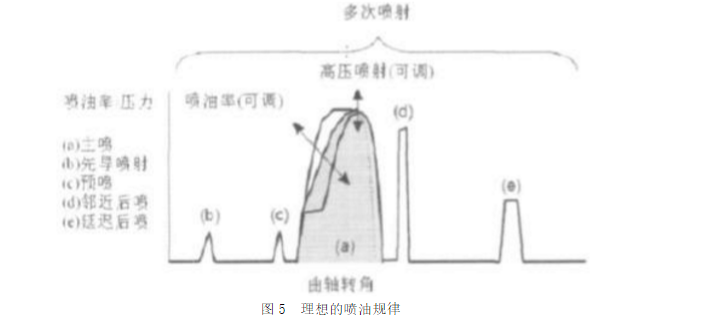
Latest developments


